Cars are getting more safer, efficient, and connected than ever before. From electric propulsion to artificial intelligence, cars are equipped with advanced systems that enhance convenience, reduce environmental impact, and save lives. Shortly, many cutting-edge technologies that seem futuristic today will be standard features in almost every car on the road. Here are 12 such technologies:
Autonomous Driving (Level 5 Full Automation)

Self-driving cars have been the talk of the tech world for years, but by 2034, fully autonomous vehicles (Level 5 automation) will no longer be a rare sight—they’ll be the standard. Unlike today’s systems (like Tesla’s Autopilot, which is still at Level 2 or 3), future cars can drive in any condition without human intervention. These vehicles will use a combination of LiDAR, cameras, radar, and AI to navigate complex environments, adapting to weather, traffic, and even unexpected road events without any driver input. Companies like Waymo, Tesla and traditional automakers like General Motors and Ford are investing billions in perfecting these systems. The societal impact? Fewer traffic accidents, less congestion, and new industries revolving around shared autonomous vehicle fleets. By some estimates, autonomous cars could save over 30,000 lives annually in the US alone by eliminating human error—the cause of 94% of all crashes.
Vehicle-to-Everything (V2X) Communication
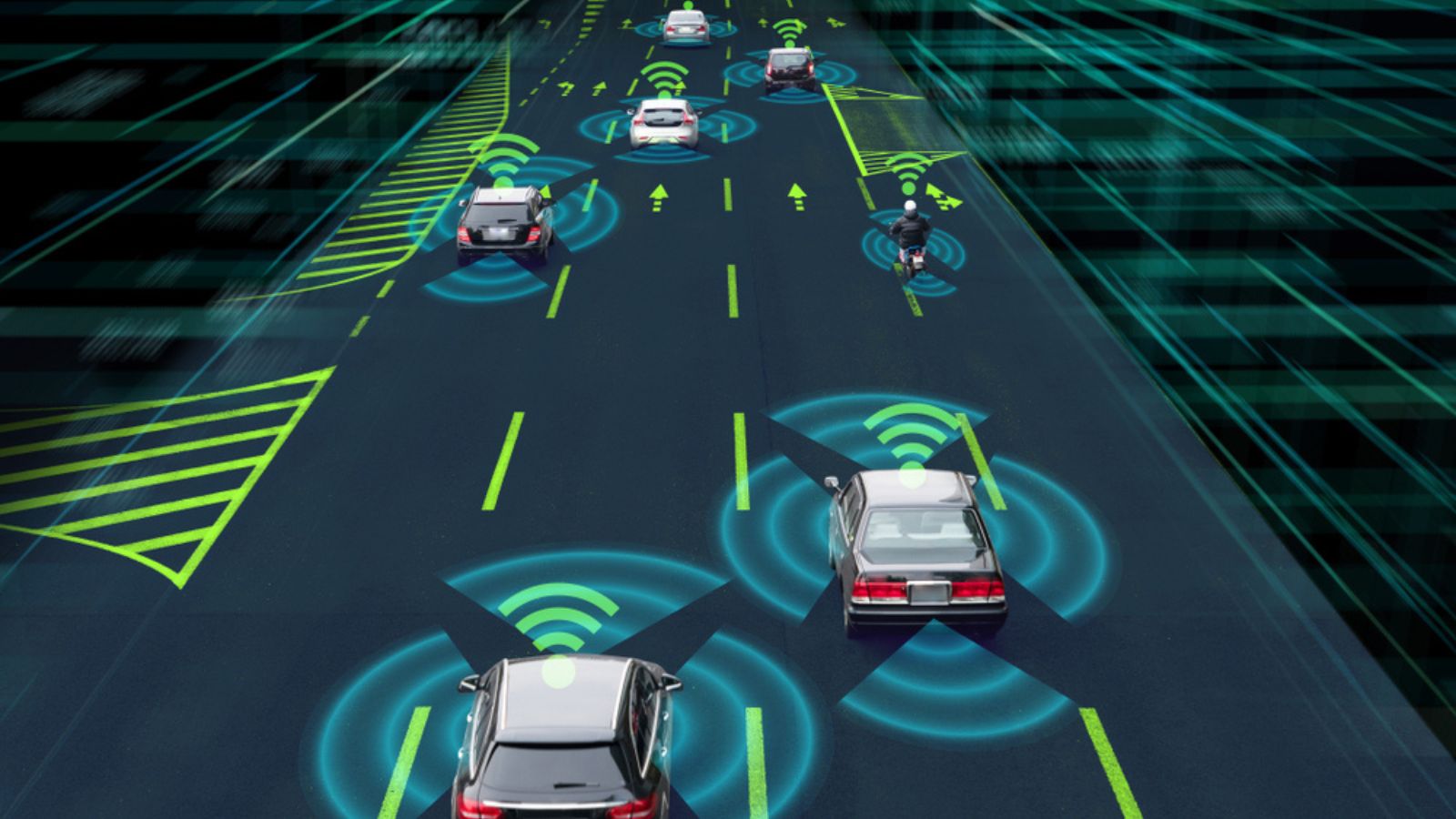
V2X communication, which encompasses Vehicle-to-Vehicle (V2V) and Vehicle-to-Infrastructure (V2I), is set to change how cars interact with their surroundings. V2X allows cars to share real-time information with other vehicles, traffic signals, road signs, and even pedestrians’ smartphones. This technology can prevent collisions, optimize traffic flow, and improve fuel efficiency by adjusting driving patterns to conditions ahead. Think about driving through a city where traffic lights “talk” to your car, advising you on the optimal speed to avoid red lights, or a vehicle ahead warning you of a sudden slowdown long before you can see it. The U.S. Department of Transportation estimates that widespread V2X adoption could reduce non-impaired vehicle crashes by 80%, potentially saving thousands of lives annually.
Electric-Only Powertrains
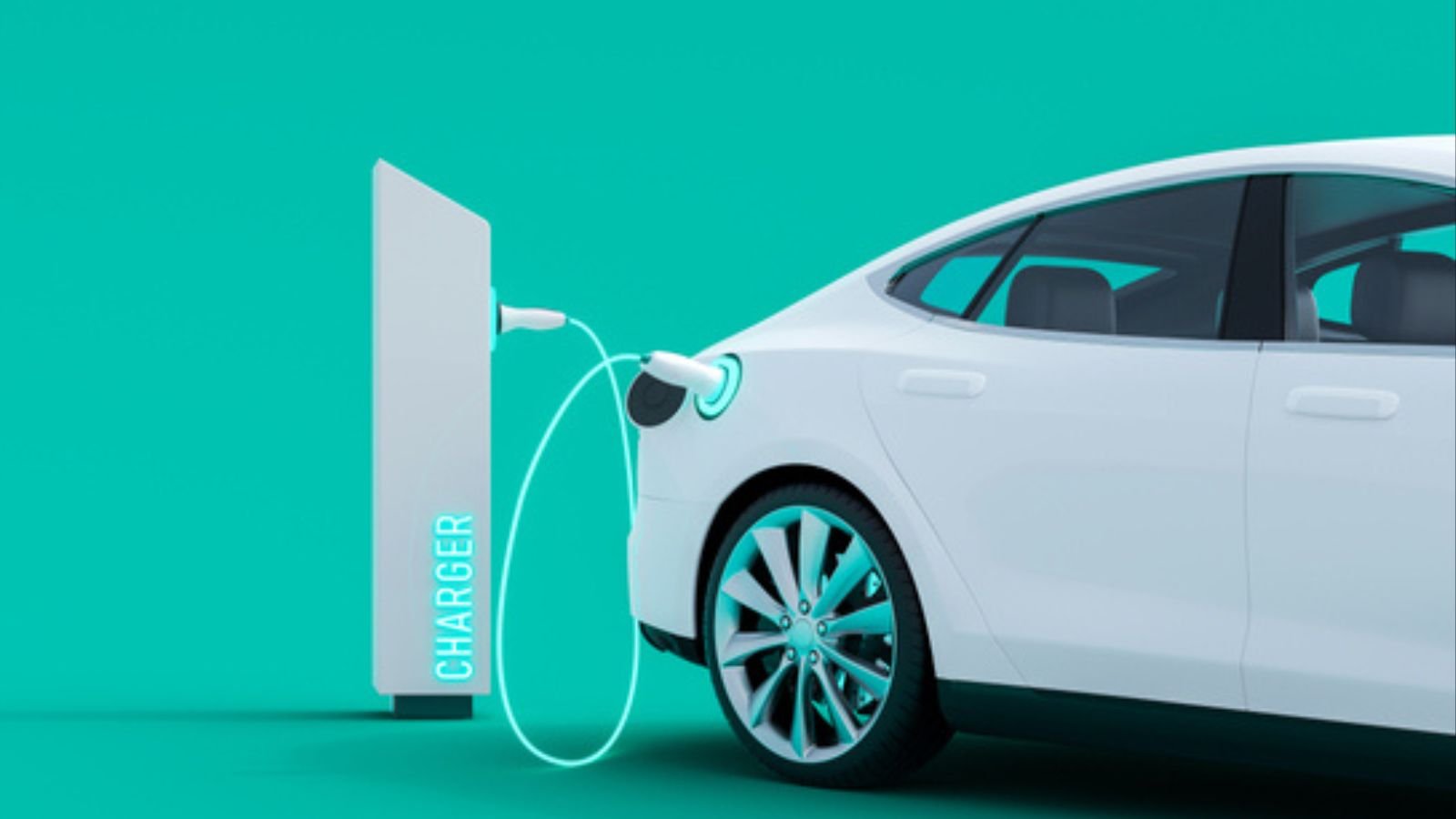
In 10 years, the internal combustion engine (ICE) might be as archaic as the rotary phone. Countries like Norway and the UK have said they want to phase out gas car sales by the mid-2030s. The shift toward electric vehicles (EVs) is driven by increasing environmental concerns, stricter emissions regulations, and rapid advancements in battery technology. Electric cars will soon dominate the market—new designs like solid-state batteries promise to reduce charging times and extend driving ranges dramatically. Tesla, Volkswagen, and other manufacturers are leading the charge, predicting that 50% of all new cars sold by 2030 will be fully electric. This will also spur advancements in EV charging infrastructure, with fast-charging networks becoming ubiquitous.
Advanced Driver Monitoring Systems
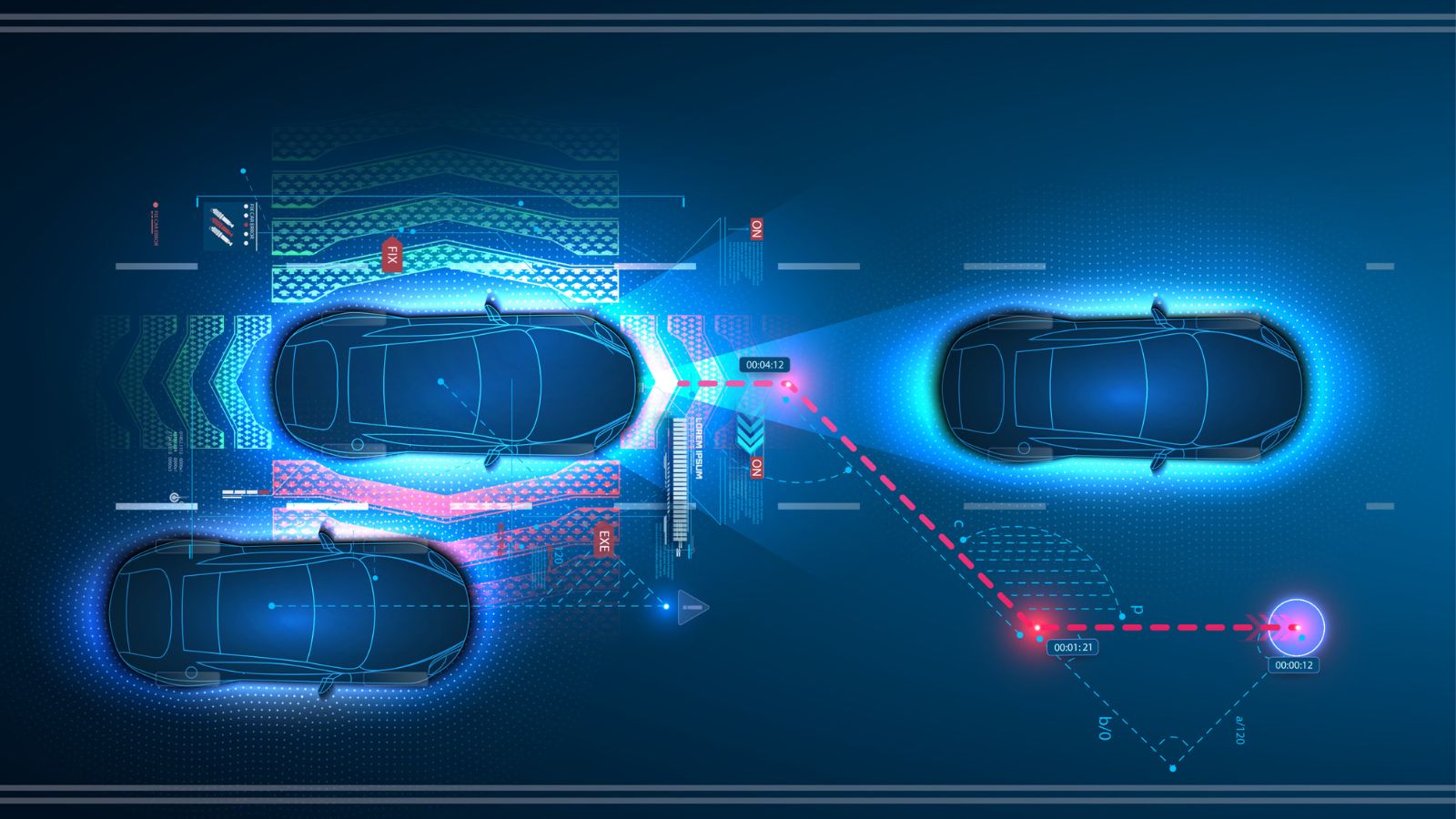
Automakers are working on advanced driver monitoring systems to ensure people behind the wheel stay focused and alert. Using infrared cameras, facial recognition, and even EEG brainwave sensors, these systems can detect signs of drowsiness, distraction, or intoxication. Subaru’s Driver Focus and General Motors’ Super Cruise are early examples, but the technology is expected to become far more advanced. Some systems might even prevent the car from starting if the driver is unfit. Given that distracted driving caused 3,142 deaths in the US in 2019 alone, this tech could play a significant role in saving lives.
Augmented Reality (AR) Windshields
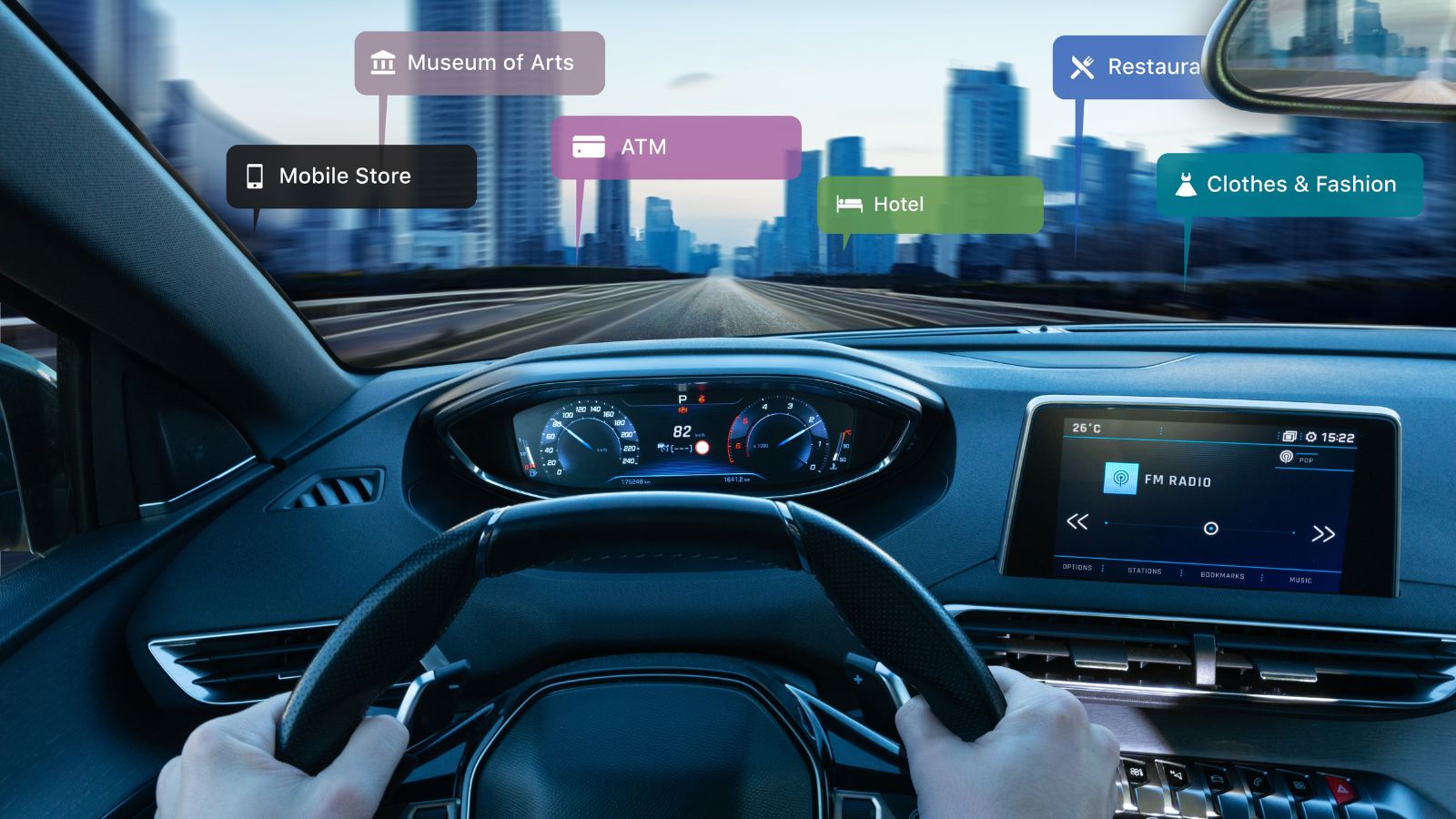
Future cars will have augmented reality (AR) windshields, overlaying navigation cues, hazard warnings, and even real-time updates about road conditions directly in your field of view. This will revolutionize the way we drive, turning the windshield into a display screen that enhances road awareness without diverting your attention from the road. AR will also integrate with driver-assistance systems, highlighting obstacles or pedestrians hidden in the vehicle’s blind spots. Companies like WayRay are already working on holographic AR displays, and it’s only a matter of time before they become a standard safety feature in new vehicles.
Biometric Access and Personalization
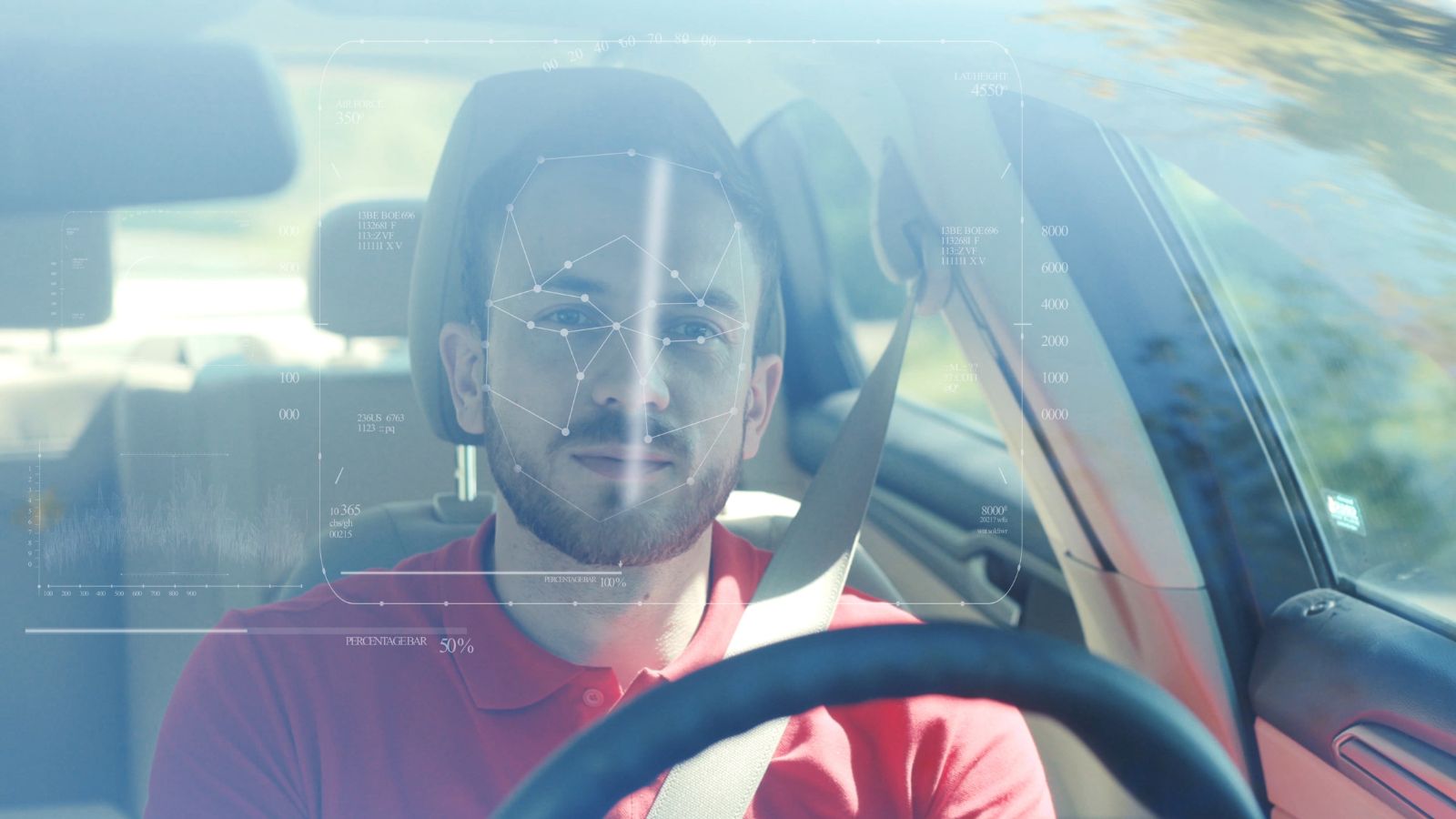
Biometric systems—such as fingerprint recognition, facial scans, and even voice identification—will be the norm for unlocking and starting cars. In addition to enhanced security, these systems will allow personal preferences to be automatically loaded into the car. Your car will recognize you, and adjust the seat, mirrors, climate control, and infotainment system to your preferences the moment you step inside. This technology is already in its infancy, with companies like Hyundai experimenting with fingerprint sensors. But soon, all cars will offer this feature, making theft harder while enhancing user comfort.
Over-the-Air (OTA) Software Updates
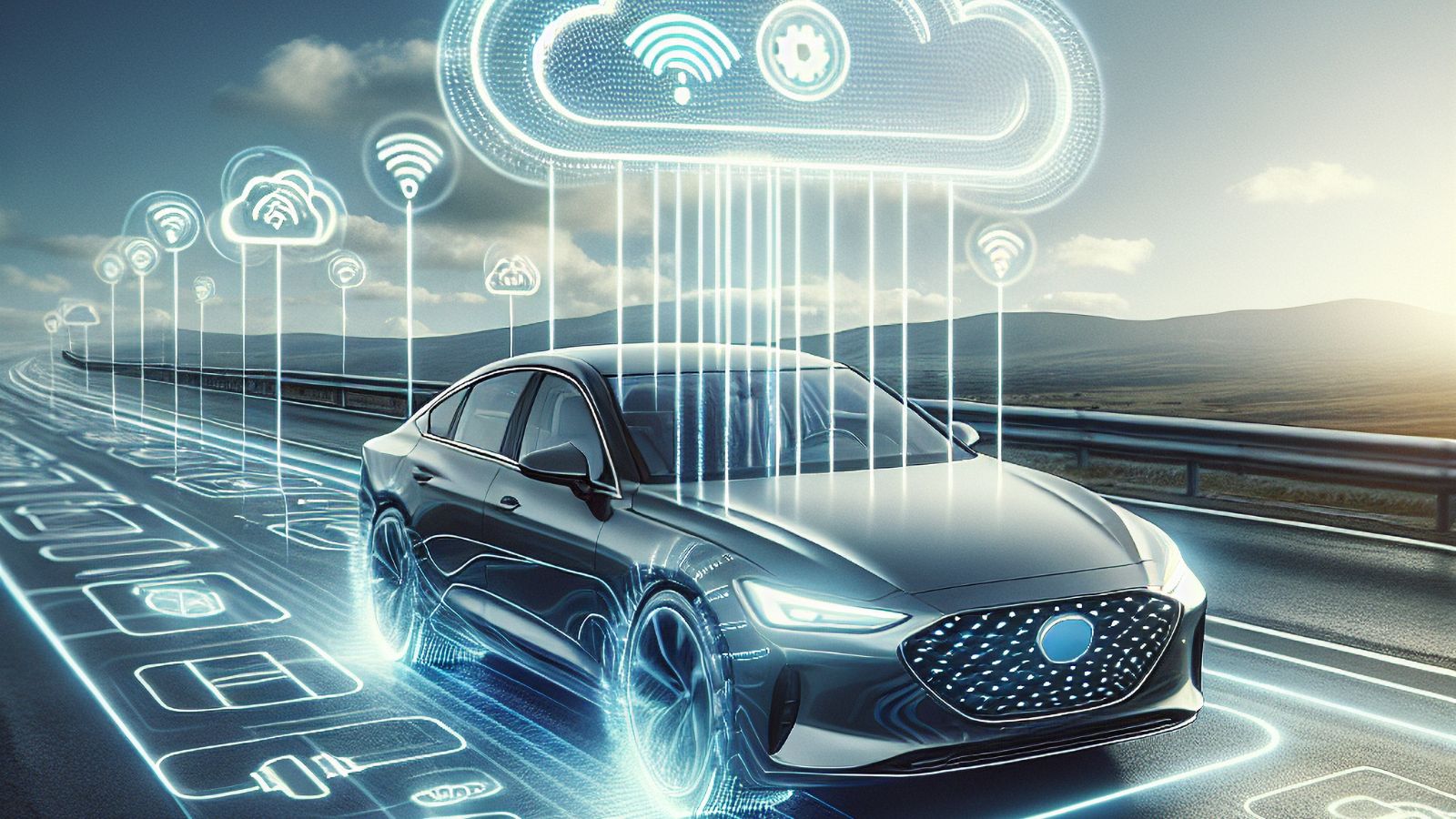
Tesla revolutionized the industry by allowing cars to receive software updates remotely, just as smartphones do. In the next decade, every car will have this ability. Instead of visiting a dealership for performance upgrades, bug fixes, or new features, your car will update itself overnight. OTA updates will also help automakers address cybersecurity threats more rapidly, protecting vehicles from hackers. As cars become more dependent on software for everything from entertainment to autonomous driving, the importance of OTA updates will increase, ensuring vehicles stay up to date without requiring a visit to the shop.
Self-healing Paint
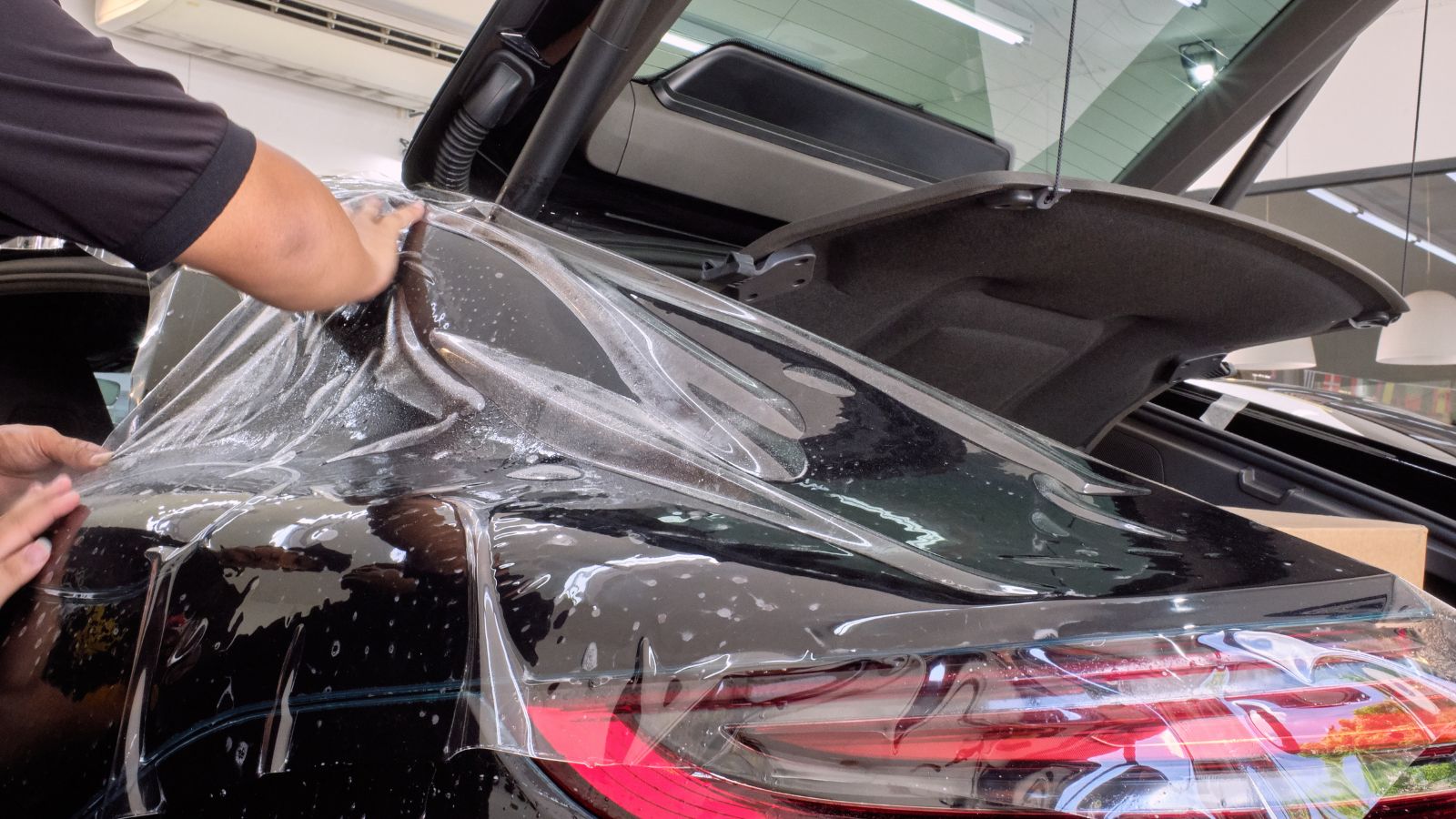
Self-healing paint will allow cars to repair minor scratches on their own. The paint will “heal” when exposed to sunlight or heat using microscopic capsules filled with a special resin. Nissan and other companies are already working on prototypes. Imagine parking next to that careless driver in the grocery store lot and walking away with no damage—now that’s a future we can all get behind!
Solid-State Batteries
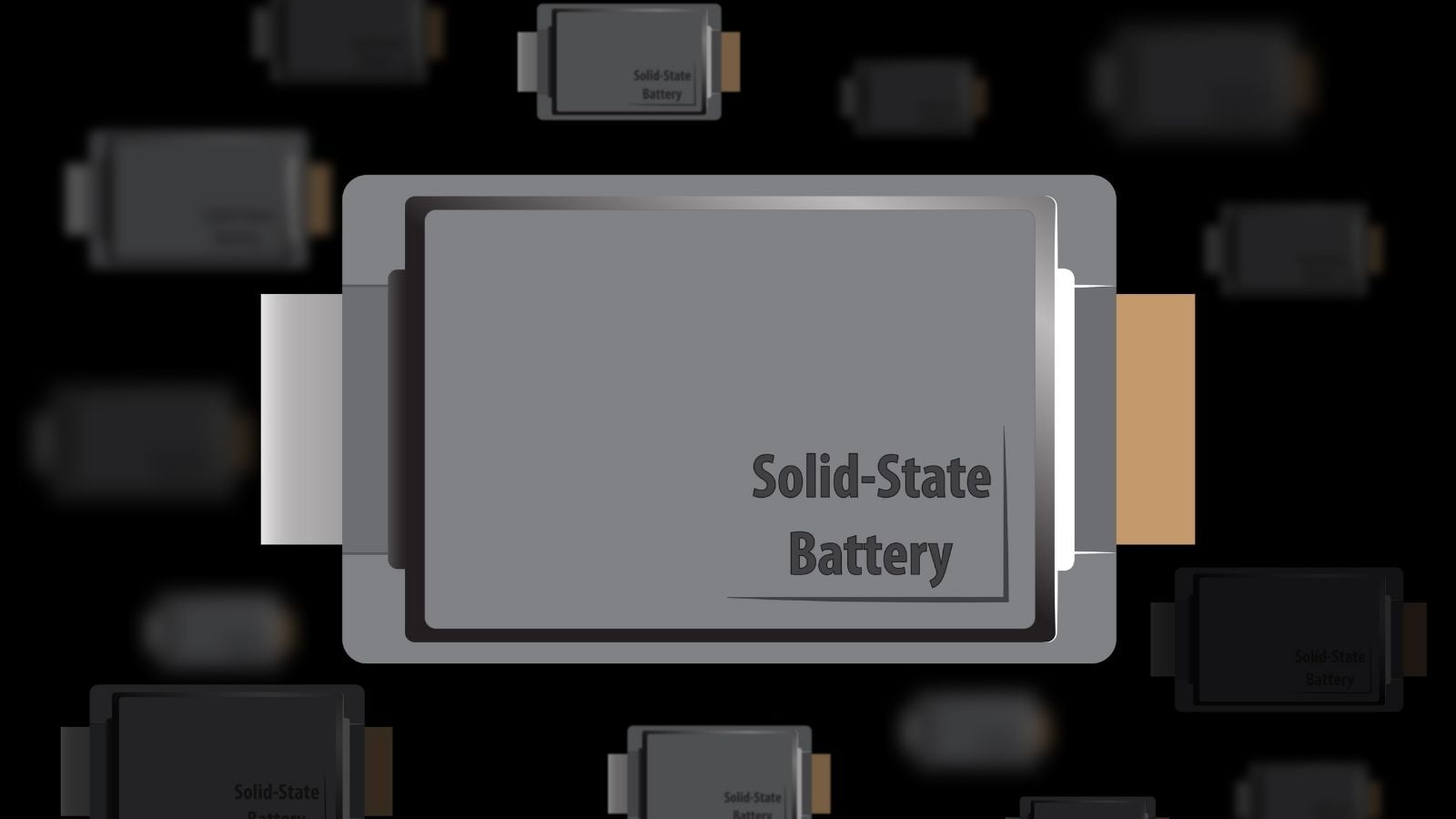
If you think the switch to electric cars means you’ll be stuck waiting hours for a charge, think again. Solid-state batteries will soon replace the lithium-ion batteries in today’s EVs. These new batteries charge faster, hold more energy, and are less prone to overheating. Toyota, Samsung, and others are making strides in this technology, which could hit the market by the late 2020s. Imagine going from a dead battery to a full charge in less than 15 minutes.
Hydrogen Fuel Cell Vehicles
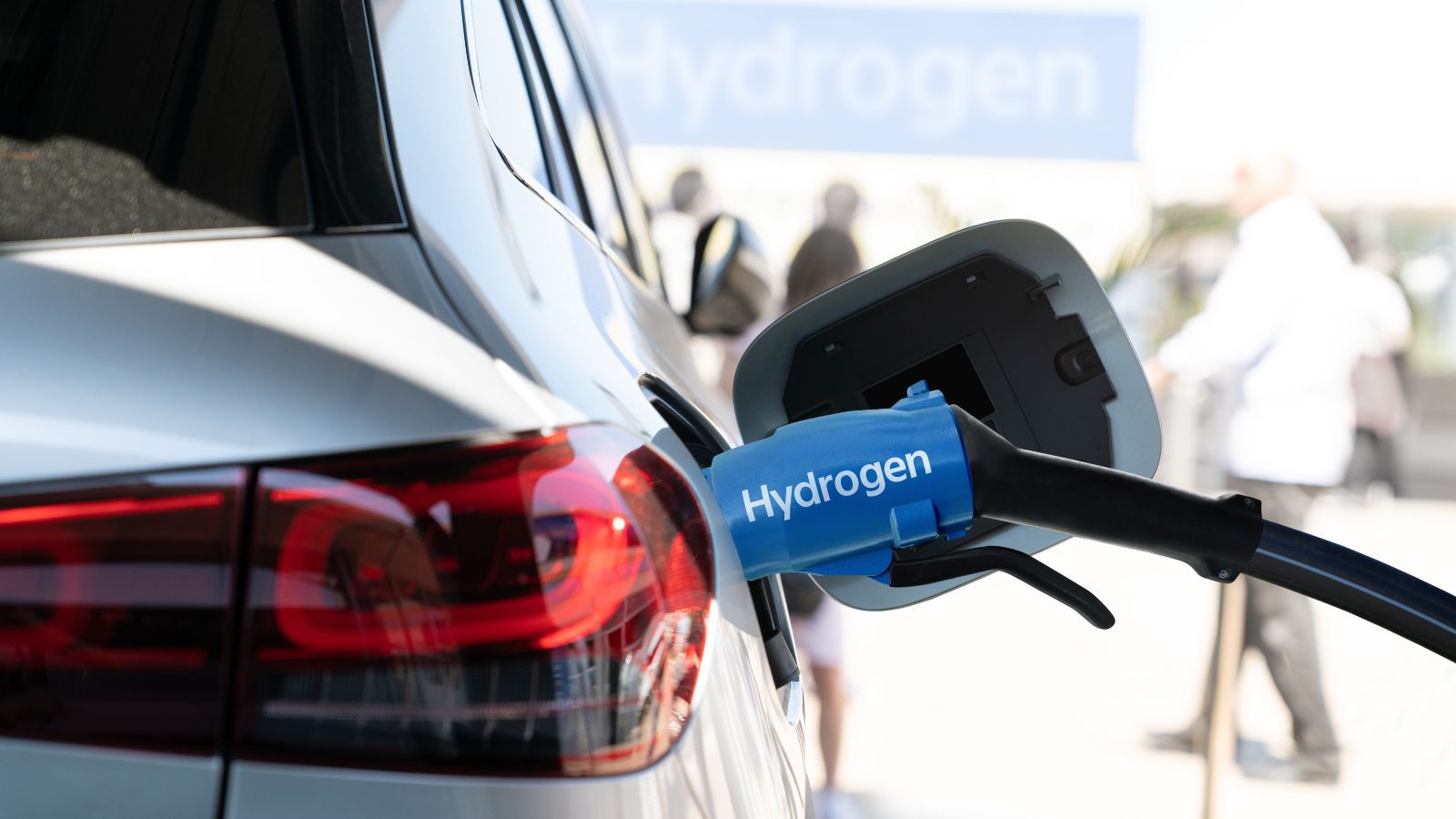
While electric cars get most of the attention, hydrogen fuel cell technology offers another path toward zero-emission vehicles. By converting hydrogen gas into electricity, fuel cells can power electric motors with water vapor as the only byproduct. The advantage of hydrogen cars is that they can refuel in minutes, just like gasoline cars, while offering similar ranges. Toyota and Hyundai are already selling fuel-cell vehicles, but the infrastructure for hydrogen refueling is still lacking. However, governments and private companies are investing heavily in building this network, and by 2034, hydrogen cars may become a more common alternative to battery-electric vehicles, especially for long-haul trucking and commercial fleets.
Hyper-Connected Vehicles
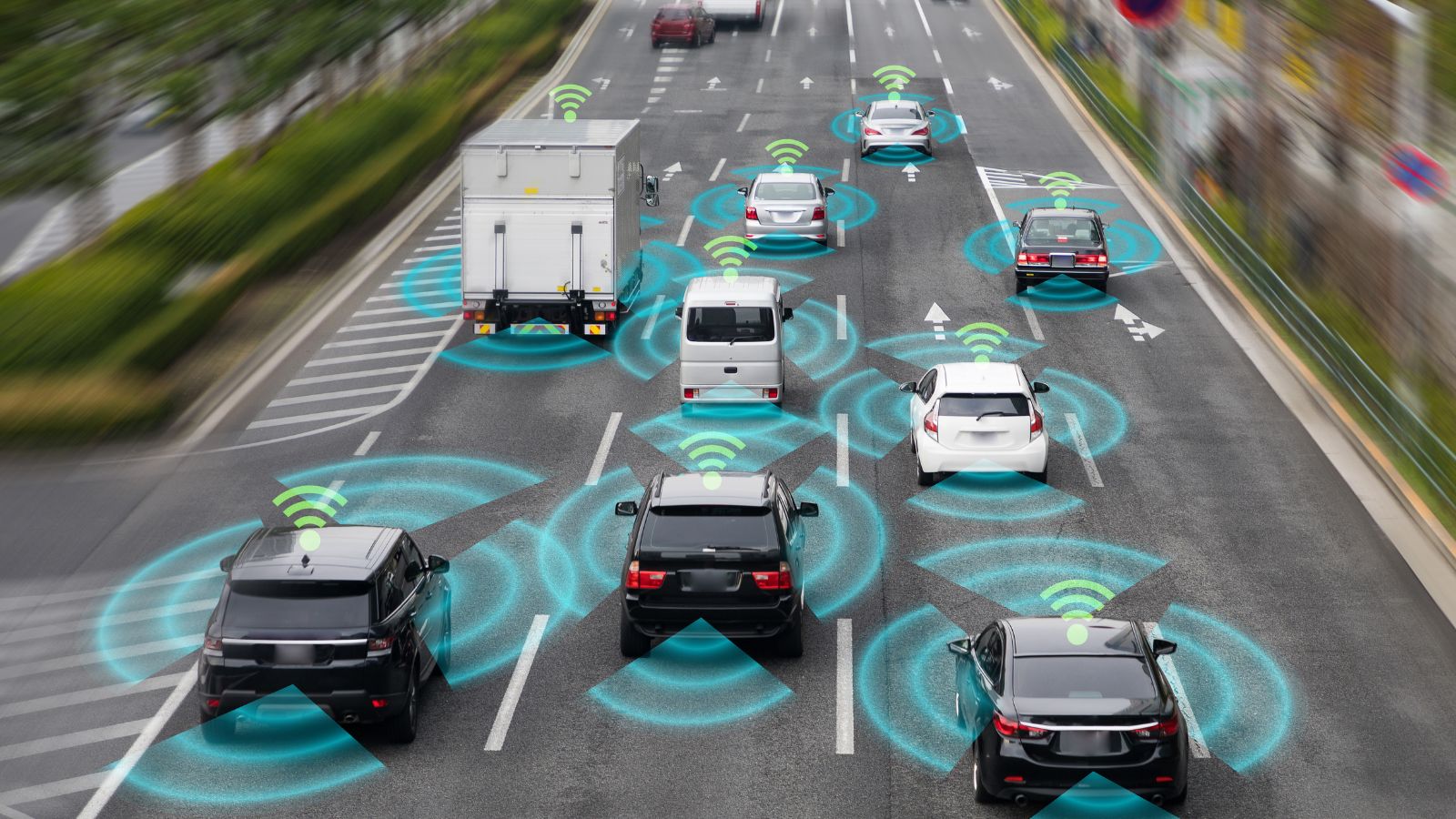
Hyper-connectivity will allow vehicles to communicate with one another and with infrastructure like traffic lights, parking garages, and even your smart home. Picture your car ordering groceries while you drive or scheduling its maintenance. According to Gartner, by 2030, more than 95% of new vehicles will be connected to the cloud. Whether using your car as a mobile office or streaming the latest cat videos, you’ll do it at lightning speed.
Advanced Air Purification and Climate Control Systems

Future cars will come equipped with high-efficiency particulate air (HEPA) filters, like those found in hospitals, capable of removing pollutants, allergens, and even viruses from the cabin air. Some automakers are also working on climate control systems that use AI to learn your preferences, adjusting temperature and airflow based on your mood, outside weather, and driving conditions. With air pollution contributing to millions of premature deaths annually, these systems will enhance comfort and health, making car cabins a sanctuary from outside contaminants.
12 Cars That Are Known for Their Unbreakable Reliability — They Just Don’t Quit
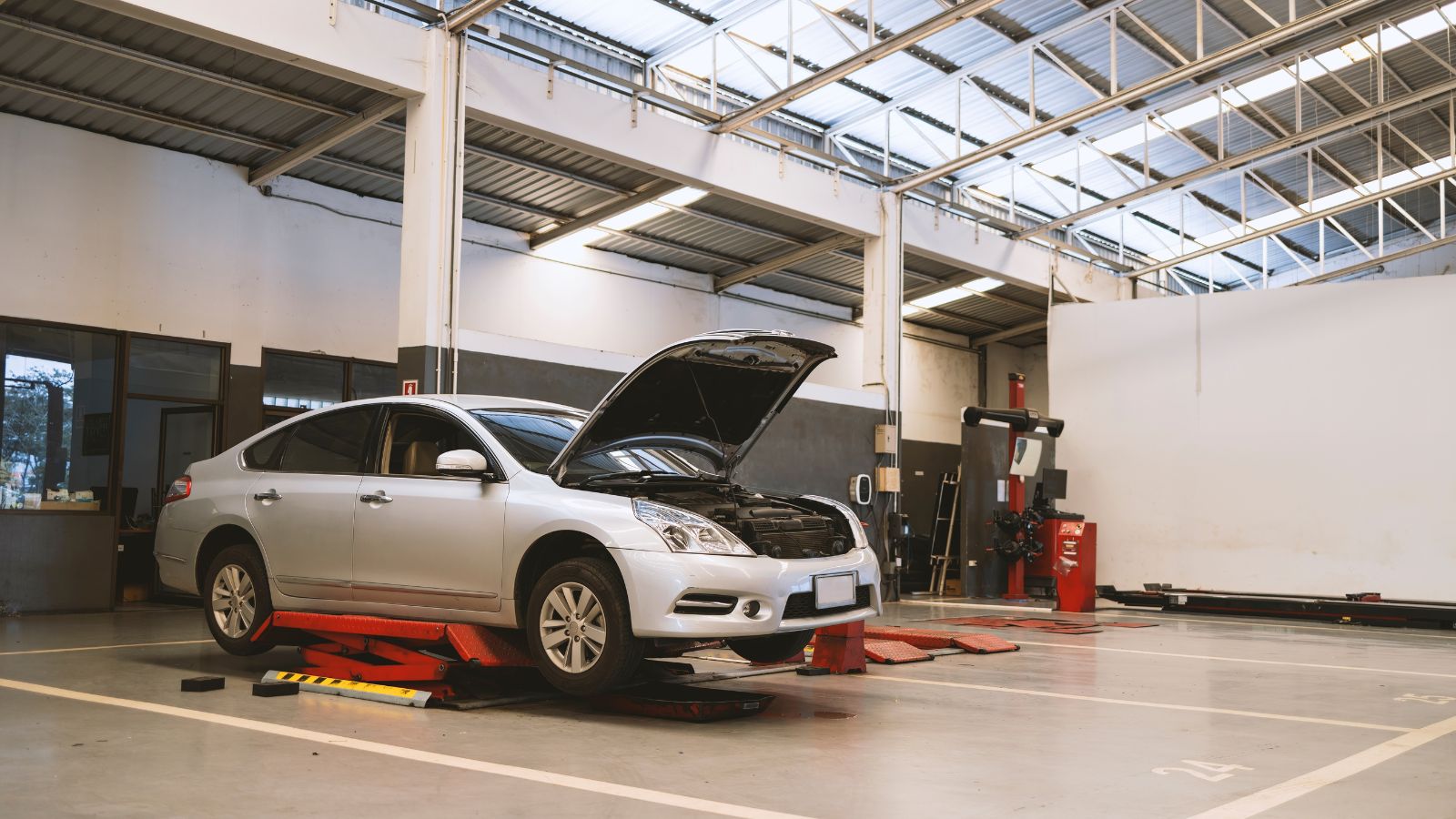
Reliability is a core feature that defines a vehicle. Over the last few decades, some vehicles have emerged as a reliable and durable option, standing out as workhorses that never quit. These vehicles not only prove themselves in terms of performance but transcend their role and become reliable partners, always fulfilling their role. Here are 12 Cars known for their unbreakable reliability.
12 Cars That Are Known for Their Unbreakable Reliability — They Just Don’t Quit
